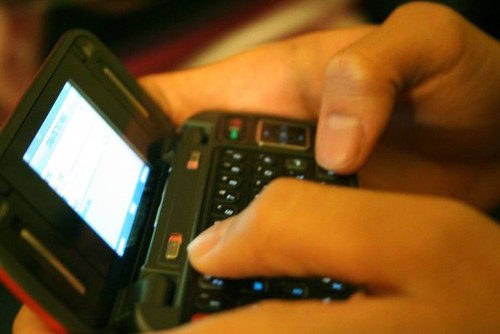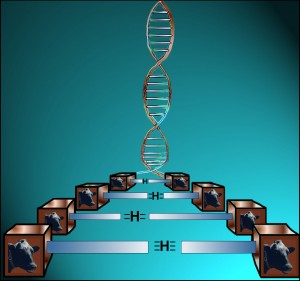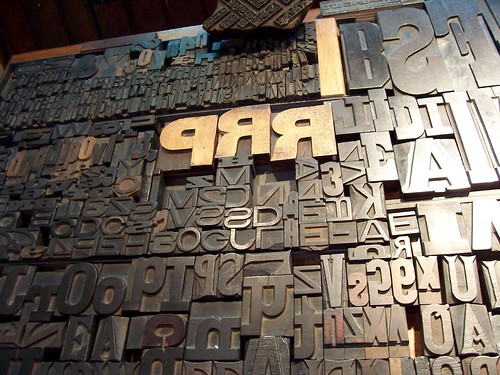The warning was clear.
“Don’t spend too much time wandering in the Commons: it can be an amazing place in which to get lost!” (Module 1, instructions for Flickr activity).
I got lost anyway. For days I searched for the image that I thought would be indicative of the issues relating to the course, until it hit me. Literally.
He was a preppy-looking teenager, busily texting on his iPhone. He never looked up, even after our brief, but painful physical contact. When function was finally restored to my thumbs, I did the only natural thing: whipped out the cell phone and wrote myself a reminder through email — “Idea for Flickr activity: TEXTING!”
The connection between texting and text and technologies is self-explanatory and almost too obvious. Creating text using cell phone technology! Of greater interest though, is how computer technology and new software are changing our language patterns, as evidenced by the addition of podcasting to the Oxford English Dictionary in December 2008, and when third graders scurry over after a read-aloud and comment, ‘”O.M.G! That was such a funny book, L.O.L”





